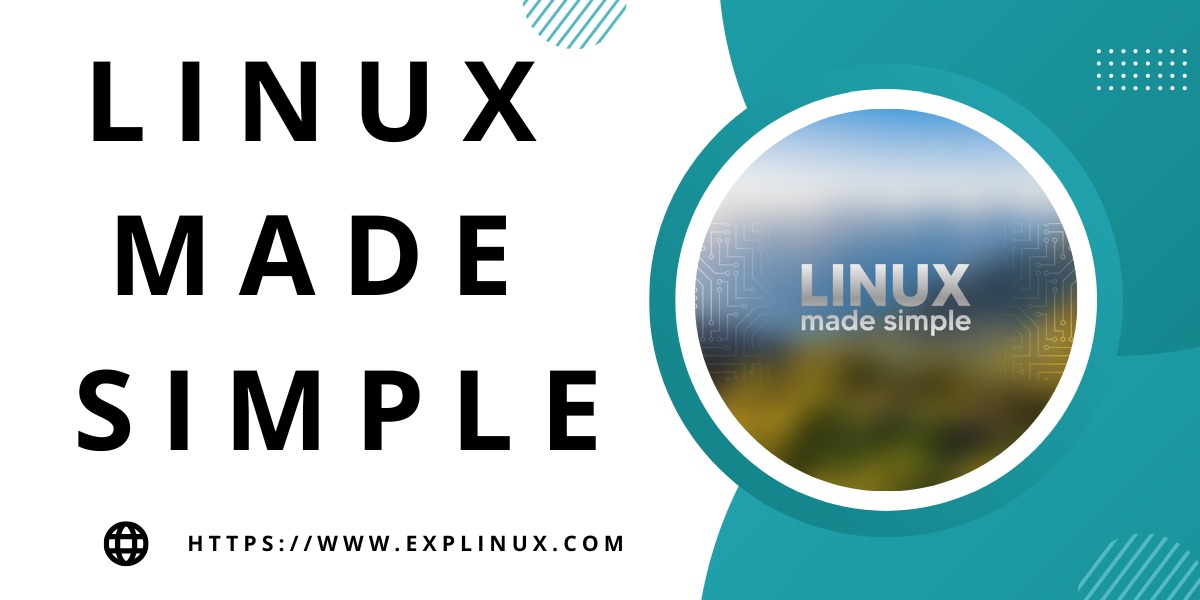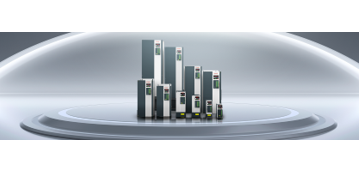Linux Made Simple

If you’re looking for a comprehensive guide to the world’s most popular operating system, look no further than Linux made simple. This ebook is packed with tips, tricks, and tutorials covering everything from installation to software management. Whether you’re a beginner or an experienced Linux user, this ebook is sure to help you get the most out of your system. Best of all, it’s free to download!
What is Linux?
Linux is a Unix-like operating system based on the Linux kernel. It is developed by the Linux Foundation, which promotes, supports and distributes it. Linux has been used by corporations and governments around the world for years, including in the middle of some of the world’s most complex networks.
What is a Linux Distribution?
Linux distributions are collections of software designed to interoperate with one another and be run on a variety of hardware. Distributions vary in terms of the number and type of software included, as well as the ease of use and customizability. In general, distributions are available for a wide range of computing platforms, including desktop computers, servers, mobile devices, embedded systems, and even cars.
The most popular types of Linux distributions are those based on Debian GNU/Linux (DGTL), Ubuntu Linux (UPL), Fedora Core (FC), CentOS Linux (EL), and openSUSE Leap 42.1 (OSLE). Distributions based on these four root foundations provide a standard set of tools and applications that allow users to more easily find and install the software they need.
When executing a user process on an ESXi host, standard init checks the permissions of the executable file and reports an exec format error if the file is not owned by the root user.
Other popular distributions include Alpine Linux, Arch Linux, Gentoo Linux, RHEL 6 & 7 Fleet Server Edition (.x86_64 only at this time), Puppy Linux, Chrome OS-based Stock Debian GNU/Linux 8 “Jessie” (.armv7hl only at this time) Lubuntu 18.04 Bionic Beaver (.ia64 only at this time) Oracle Solaris 12 & 13 Express Delivery (SPARC only at this time).
How to Install a Linux Distribution
When it comes to choosing a Linux distribution, there are plenty of options to consider. What kind of user do you want to be? Do you want a pre-installed system or would you like to install it yourself? And what features do you need?
To help make your decision easier, we’ve put together a quick guide on how to install a few popular distributions. Each one has its own unique features and benefits, so it’s important to choose the one that best suits your needs.
Debian is a Debian-based distribution that is popular for its flexibility and ease of use. It comes with many pre-installed programs and tools, making it perfect for new Linux users or those who don’t want to spend time learning how to use the system.
Ubuntu is based on Debian but has been designed specifically for desktop use. It offers an intuitive user interface and top-notch security features. Ubuntu also has a wide variety of applications available through the official Ubuntu Software Center.
Red Hat Enterprise Linux (RHEL) is the flagship product from Red Hat, Inc., and is used by large organizations worldwide. It is considered an enterprise-level distribution and includes many features not found in other distros such as support for clustering and high availability configurations. RHEL also offers comprehensive disaster recovery capabilities.
How to Use the Linux Command Line
Whether you need to troubleshoot a networking issue, manage files and folders, or systemctl manage services — the command line is your friend. This guide will teach you the basics of working on the Linux command line so you can get the job done faster and more efficiently.
To get started, open a terminal window by clicking on the “Windows” button in your keyboard’s upper-left corner and typing “terminal”. Once you’ve opened the terminal window, type in “man” to view basic commands for manual usage. Next, we’ll move on to some more advanced concepts that will help us tackle specific tasks.

Basic Commands: ls List Files and Folders
If you’re looking for a task-specific command, try using ls. For example, if you want to see what files are stored in a specific folder, try using ls -l. You can also use this command to view file sizes and permissions. To delete a file using ls, just specify its name (without any file extension) followed by a space and then hit enter.
How to Use the Linux File System
The Linux file system is a hierarchical storage system where each file is associated with a unique directory. You can access files by their name or by their path. Under the hood, the Linux file system uses the disk block device driver to read and write data. The following are some tips for using the Linux file system:
- To access a file, use its name or its path. For example, to access the file myfile located in the mydirectory directory, use the following command: $ cd mydirectory $ ls myfile
- To change directories (to another folder), use the cd command followed by the directory name: $ cd bin $ ls hello world
- To delete a file, use the rm command followed by the filename: $ rm myfile
How to Use the Linux Shell Commands
Linux is an open source Unix-like operating system with a command line interface. This means that you have to use commands to do things on Linux instead of using graphical user interfaces (GUIs). This can be a bit intimidating at first, but once you get used to it, you’ll be able to work more effectively on Linux.
To get started with the Linux shell, open a terminal window by clicking on the “Start” button in the toolbar and typing “terminal”. In the terminal window, type “shell” and press enter. The shell window will now open. Get More Category Post Visit.
The shell has several basic commands that you can use to work on your computer. To see a list of all of the available commands, type “help” and press enter. To learn more about a particular command, type “man “.
Here are some common commands that you’ll use while working on Linux:
- Cd (Change Directory)
- Dir (Display Directory Contents)
- ls (List Files)
- Pwd (Print Working Directory)
- Rm (Remove File or Folder)
- Echo (Echo text)
Welcome to our beginners’ guide to Linux. In this article, we will be covering the basics of what Linux is and how it works. We will also provide you with instructions on how to install and use a basic Linux distribution. Once you have gotten a handle on the basics, feel free to explore more advanced topics in our extensive forum or continue reading for tips on using Linux in your professional life. Thanks for reading!
iNet Computers is a leading technology company that specializes in providing high-quality laptop chargers for a wide range of laptop models. Our laptop chargers are designed to meet the highest industry standards and are rigorously tested to ensure optimal performance and reliability. With a commitment to customer satisfaction and a focus on innovation, iNet Computers has established itself as a trusted source for laptop chargers that are both affordable and dependable. Whether you need a replacement charger for your current laptop or are looking to upgrade your charging capabilities, iNet Computers has the expertise and resources to meet your needs.





